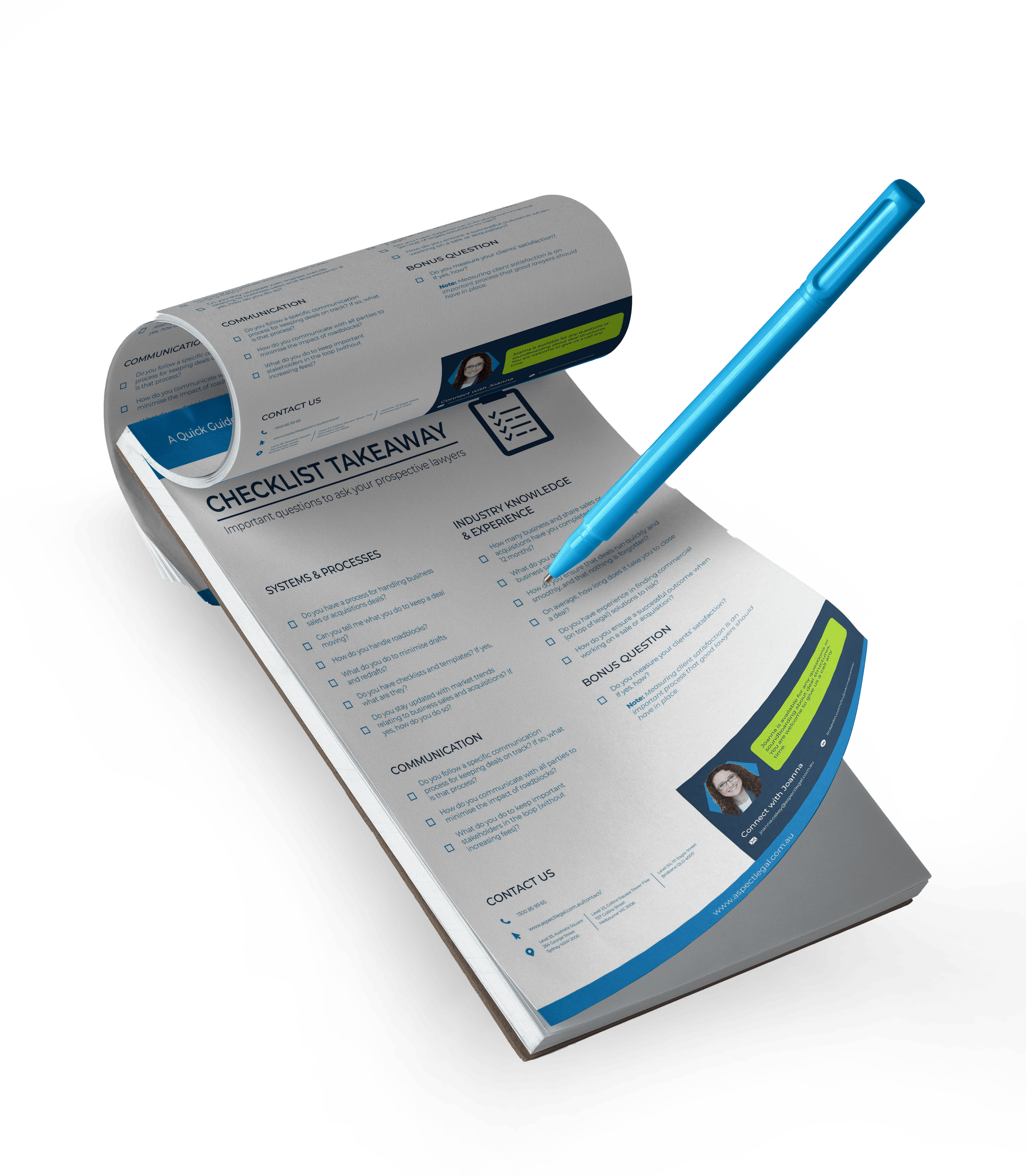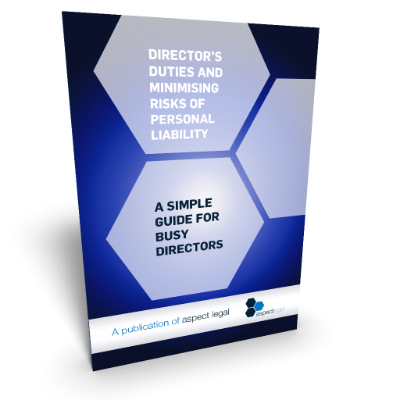Cash flow is one of the most essential elements to every businesses’ survival. The failure of innovative and great products and services is in many cases not due to marketing failure, but rather poor cash flow management.
Many businesses have debtors outside their trading terms that have been placed in the ‘too hard’ basket. Sometimes a business’s internal collection procedures and reminder letters are just not enough to result in timely payment from debtors, or businesses may be losing out by selling their debtors to a mercantile agent for a fraction of its actual value.
The real cost of an outstanding account is far more than the simple monetary value of the amount not yet paid, and wasted time. Chasing unpaid accounts can be time consuming and frustrating and lagging payments can create cash-flow annoyances and lost opportunity for other uses of that revenue. But if a business is cradling debtors, and a downturn hits, the impact can be crippling (and sometimes, can be the reason for a business failure).
Do you have debtors who do not dispute invoices, but hold back payment regardless? What effect would it have on your business if your customers were educated in such a way to ensure that they always paid within your trading terms?
We set out below our top tips on how to get your clients trained to pay on time, to free you up to focus on running a successful business.
Top tips for getting the cash flowing
- Update your client terms. Ensure you clearly set out the terms of your agreement in writing with your clients. This may seem obvious, but we have been engaged many times to assist businesses to collect delinquent debt or help to resolve a customer issue, and then find out that there is no client agreement, or the client agreement is not sufficient. You should have your client agreement reviewed regularly to ensure that it is up to date with any changes in the law (for example, many client agreements we see have not been updated in accordance with changes to the Australian Consumer Law, the Personal Property Securities Act, or the new Privacy Act) and many agreements we see don’t provide sufficient terms to make it clear that interest and cost recovery charges will be applicable if they don’t pay on time.Get started in this process by ensuring that your client terms are reviewed, updated and that sections in relation to payment are very clear so there are no disputes.
- Get a good process in place for record keeping. Once you have an updated client agreement in place, make sure you have created the systems that ensure that the agreement is sent out for every new client (or new matter where relevant) and that a copy of the agreement is kept on the client file. In some instances, it will be best to have a signed copy of a client agreement on file, in other instances that may not be necessary. In either case, make sure you understand what record keeping requirements you need to satisfy, and set up the system to make sure it is done every single time.
- Be clear in costs estimates. Ward off troubles from the start by being upfront about cost estimates, and ensuring there is clarity about what this includes, and doesn’t include – to enable you to charge variations down the track if things change. Your standard client agreement should deal with these concepts, and all proposals or estimates must link back properly to the client terms, so that your documentation all works together.
- Be clear in invoicing. Ensure your invoices are clear and easy to understand.
- Invoice regularly. This will keep your records up to date and also encourage good payment habits from your clients.
- Set strict terms for payment. 14 days is often a good midpoint as clients will then usually pay within at least 30 days, if not 14.
- Keep on top of unpaid accounts. Constant communication with your clients will encourage prompt payment and let them know you’re serious about recovering unpaid invoices. Don’t let accounts slip by without attention. This is one of the prime issues in both allowing customers to get into bad habits, and in creating issues down the track in enforcing payment if you decide to get hard oo them.
- Get a good process in place for record keeping. Ok, we admit this is a duplication of an earlier point – but it is a vitally important component of any successful cash flow strategy, particularly if you may ever have to take steps towards external recovery processes. Keep a record of any communications you have with clients about costs, particularly any agreement they may have made to part pay an invoice or make installment payments. Ensure you include details of the dates of communications, and what has been promised.
When to seek legal advice and the next steps
If you’ve been chasing debtors for payment for more than 30 days past the due date of the invoice, it may be time to seek advice from the Aspect Legal team. Often a formal letter of demand from us threatening legal action without further notice is enough to prompt immediate payment.
If payment is not received after issuing a formal letter of demand, we can prepare a Statement of Claim to be filed in the local court that is applicable to you.
It’s important to start proceedings as soon as possible, as delay will make the preparation of the claim more time consuming and therefore more costly. The more time that has passed, the more difficult it can be to accurately plead the terms of the original agreement, especially where the agreement has evolved over time and been varied verbally or where interest calculations are involved.
So remember prevention is better than cure, but if you find your business has debtors despite the best efforts at recovery, call us to assist.
At Aspect Legal we provide a number of services to assist with getting debtors paying on time. Drop us a line to [email protected] or call us on 02 8006 0830 for a free confidential discussion.














